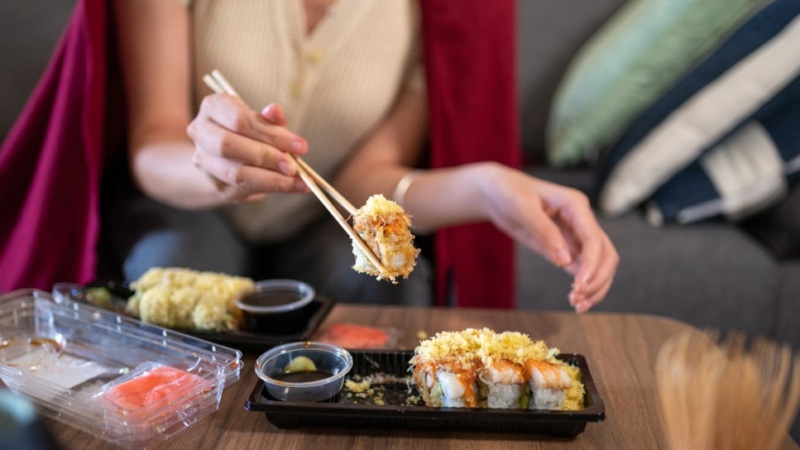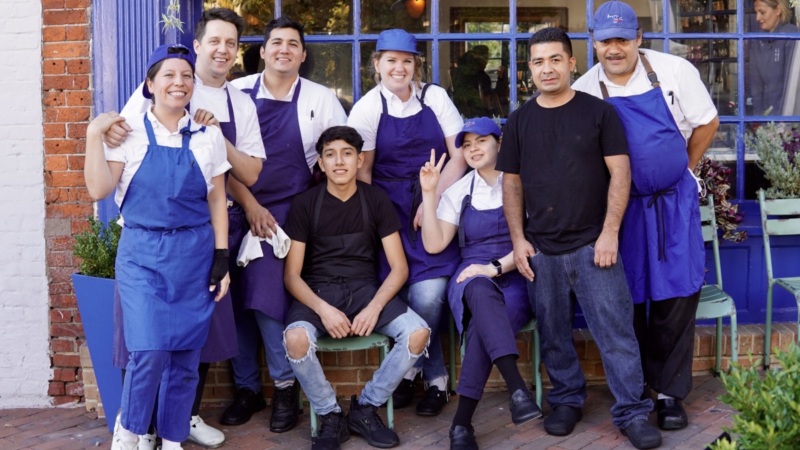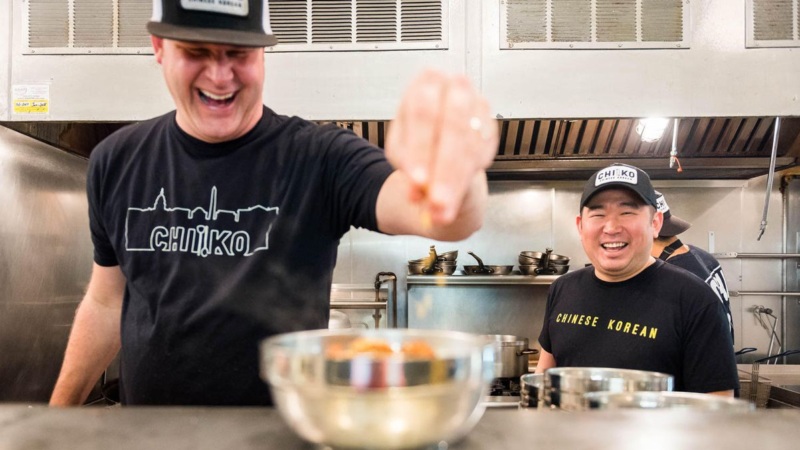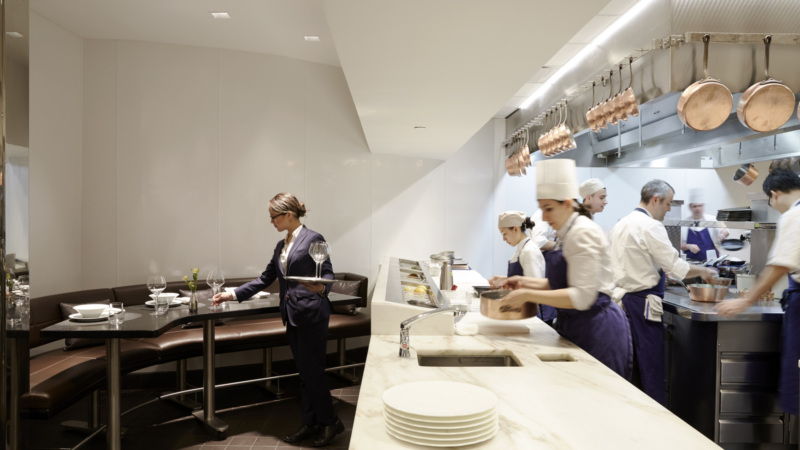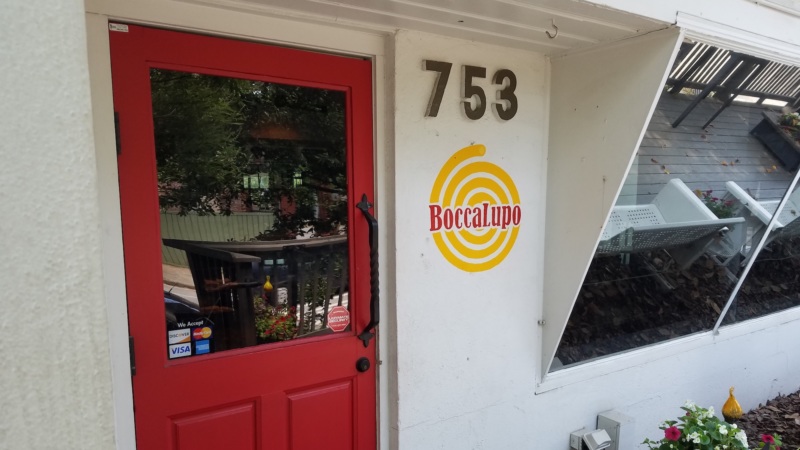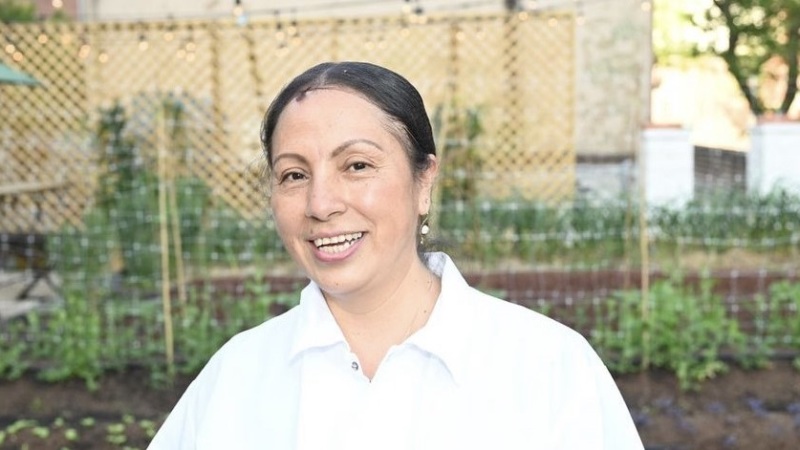
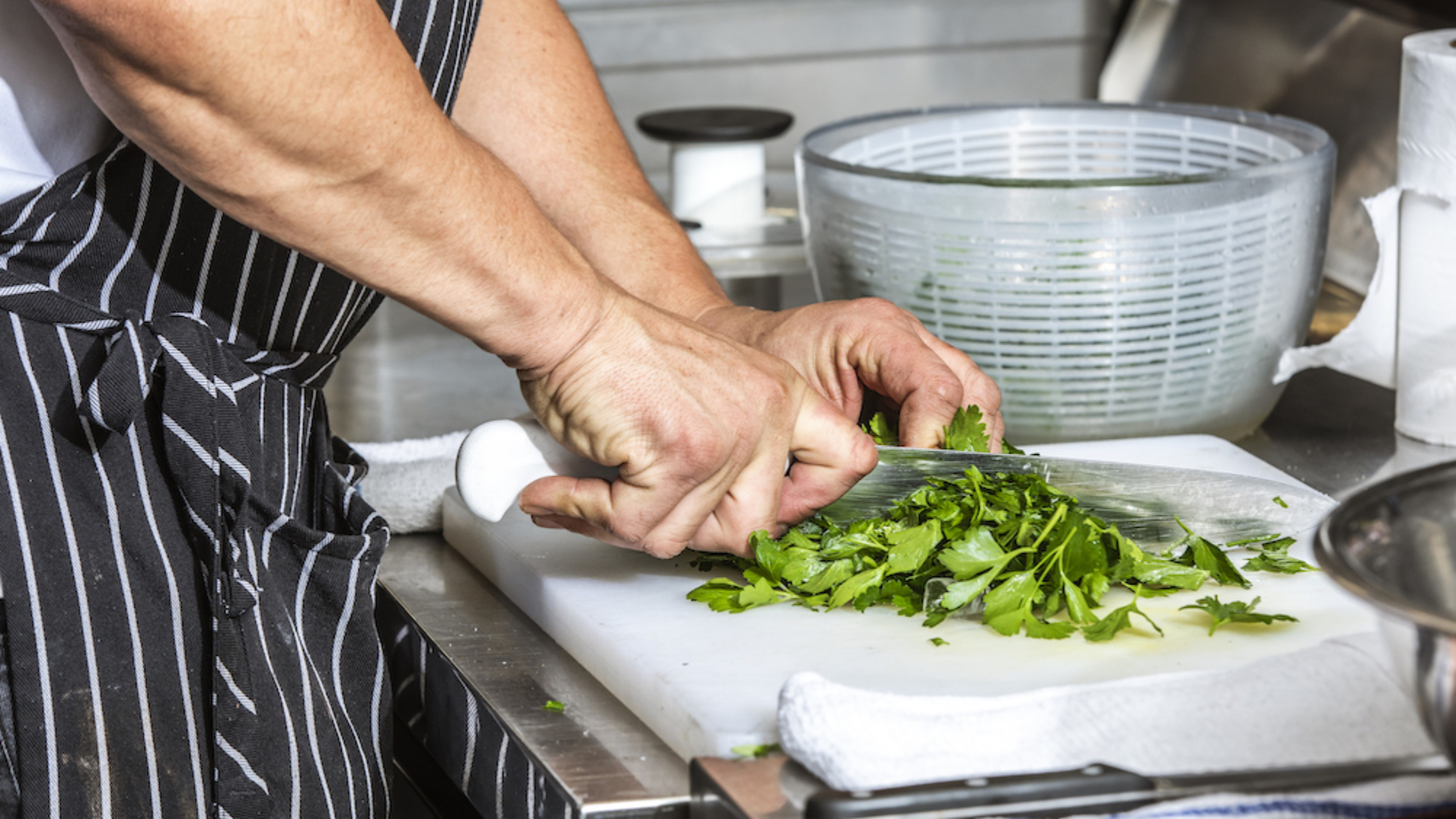
Four Simple Steps to Make Your Restaurant More Sustainable
On the precipice of Earth Month, we wanted to learn more about a renewed push within the hospitality industry to implement sustainable practices that minimize food waste, reduce carbon footprints, and scale down on single-use plastics. This shift comes amidst the growing expectation from consumers who want to see change. A recent analysis of 50 purpose-driven advertising campaigns indicates that issues relating to sustainability have some of the highest favorability scores — especially amongst Millennial and Gen Z audiences. Relais & Cháteaux, a global association of independent hotels and restaurants, kicked off 2023 by releasing their first-ever sustainability report, as well as an aggressive commitment to improving conservation efforts by 2025.
We sat down with Scott Landers, a sixth-generation farmer and co-founder of Figure Eight Logistics, an organization with a mission to design sustainable systems for restaurants that reduce waste and maximize margins. “The motives are not just to save the planet. There really is a financial element to sustainability that, when done correctly, shows up in terms of loyalty and repeat business.”
Landers helped outlined four steps restaurants can take to move towards a model that benefits the environment AND their bottom line.
1. Trim down the waste output of your takeout & delivery operations.
In addition to food delivery being an essential revenue stream for restaurants, it’s also a primary source of generating waste. But there are ways to mitigate.
- Ignore the impulse to include plastic utensils and straws in every order. Many diners ordering to home or office don’t need single-use cutlery. Adjust the settings on your delivery platforms and train your team to require guests to ask for disposable utensils, rather than mindlessly throwing them in the bag. “If you don’t have to buy a bunch of cutlery packages that nobody is going to use, not only are you reducing the waste-hauling component, but you’re saving money as well.”
- For guests that do request cutlery, find an eco-friendly option — and pass the cost on to your guests. Offer bio-degradable or plant-based utensils, at a premium. “It allows you to create a better experience while also providing an economic incentive on the customer to opt out.”
- Explore reusable delivery container options. An increasing number of cities are seeing services pop up that offer reusable to-go containers that can either be scheduled for pick up from a guest’s door and returned directly to the restaurant, or participate in a local network with multiple drop off points. “You don’t have to do it all on your own.”
2. Implement simple practices to minimize food waste.
Preventing leftover food from breaking down in landfills can have a major impact on the environment.
- Start with composting food scraps. Dispose of food waste like carrot tops and avocado peels through compost. Explore a community program that coordinates pick up and diverts these materials from landfills.
- Power up your catering offering. Not only do catering orders net a higher check size, but they also minimize food waste because quantities are planned ahead.
3. Build relationships with local vendors, one ingredient at a time.
There’s a real opportunity for smaller independent restaurants to source materials closer to home.
- Start with the one ingredient that has the biggest impact. Prioritizing local vendors doesn’t need to result in a complete overhaul. Source a primary ingredient — whether it flour if you specialize in pastry or beef if you’re a barbecue restaurant. Scale this over time.
- Feature more expensive local ingredients in a premium way. Position new, unique menu items as mains or specials that merit higher menu price points. “Maybe you won’t sell as much initially, but as you build volume, you can start to bring the price down.”
- Showcase local seasonal favorites as limited time offers. Celebrate the fleeting joy of produce that shines in specific season. “You’re not only creating more sustainable food because it’s in your biome, but you’re also supporting local farms and building community.”
4. Above all, start small.
“Sustainability doesn’t happen overnight — it’s taking one step and one practice at a time.”
*Opinions and views in articles shared on Resy OS are presented for the purpose of discussion and commentary on topics of interest in the restaurant industry; they should not be viewed as substitutes for advice given by professionally engaged business consultants and advisors.

